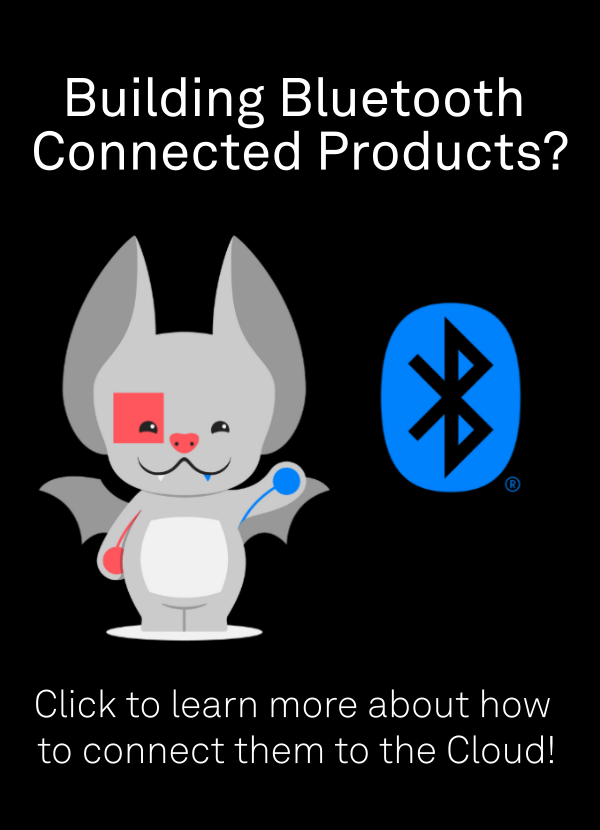One of my favorite engineering processes at Golioth is our architecture design review. When building new systems, making consequential changes to existing systems, or selecting a third-party vendor, an individual on the engineering team authors an architecture design document using a predefined template. This process has been in place long enough (more than 18 months) that we have started to observe long-term benefits.
Some of the benefits are fairly obvious: more efficient implementation of large-scale functionality, better communication across engineering domains, smoother context sharing during new engineer on-boarding. Others are more subtle. One aspect of codifying a decision making process that I personally find extremely valuable is the ability to check the pulse of an organization over time. How thorough are design documents? How robust is the feedback provided? Are individuals providing push back regardless of any organizational hierarchy? Are discussions reaching resolution in an appropriate manner? Many of these questions center on how disagreements are resolved.
Disagreement is one of my favorite aspects of the engineering process. When done correctly, it drives a team towards an optimal solution, builds a stronger sense of trust between individuals, and results in more comprehensive exploration and documentation of a problem space. Through healthy disagreement, the Golioth engineering team typically arrives at one of three possible outcomes.
- Consensus is reached around one of the presented solutions.
- Consensus is reached around a new solution that incorporates aspects of each of the presented solutions.
- It is determined that more information is needed, or the decision does not have to be made to move forward.
However, reaching one of these outcomes does not necessarily mean that the process was effective. One failure mode is reaching perceived consensus around one solution, when in reality one individual doesn’t feel comfortable pushing back against the other. Another is abdicating responsibility by deferring a decision that actually does need to be made now. In the moment, it is not always clear whether the process is effective, but the beauty of codifying the interaction is that it can be evaluated in the future with the benefit of hindsight.
This week I opened up the review window for a design document I recently authored, and within 24 hours I had received high quality feedback from multiple members of the engineering organization. Furthermore, there were some key points of disagreement included in the feedback, which we resolved efficiently, with outcomes ranging from reaching consensus on a counter proposal to deferring a portion of the system to a future design document.
Compared to the early days of instituting the review process, more recent architecture design documents have involved more disagreement, but also more efficient resolution. While excess conflict can sow seeds of division, a mature engineering organization will turn differences of opinion into progress. Tackling any complex problem will involve some disagreement — for a strong team it will be the right amount.


No comments yet! Start the discussion at forum.golioth.io